No products in the cart.
Home Improvement, Lawn and Gardening, Plants and Planters, Plants Saplings
Philodendron Majesty Plant
NPR 3,300.00 NPR 3,500.00
The Philodendron Majesty is sometimes referred to as self-heading philodendron. This is because it has some of the most exemplary traits combined from the Philodendron Verrucosum L.Mathieu ex Schott and Philodendron Sodiroi. The plant is perennial with a vine growth and an aroid belonging to the Araceae family. Selecting this hybrid plant will be one of the best choices you have made. The Majesty plant proliferates and looks charming at the same time to cultivate in pots or hang from a basket. You can even grow it as an outdoor plant.
Facts about Philodendron Majesty
- Plant Type: Araceae Family
- Bloom Type: Spring and Summer
- Sun Exposure: Partial sunlight
- Mature Size: Range in size from 8ft. to 100ft.
- Toxicity: Pets and humans
- Watering: Loves moist but not soggy soil
- Soil Type: Well-drained
- Soil pH: 6-7 pH
Care Tips of Philodendron Majesty
- Humidity and Temperature: To keep your plant living like a majesty, it does not tolerate cold temperatures for a long time. Therefore, we recommend keeping its temperature between 55 degrees and to 90-degrees F. The evening temperature needs to be 65-70 F and day temperatures 75-85 F.
- Light: It grows excellent in bright indirect sunlight. The plant’s older leaves automatically turn yellow, but if you notice more than one at a time, it might be receiving too much sun. The best place for this queen is near a window without the sun’s rays touching her leaves.
- Soil: When it comes to caring for your grandeur plant, it needs soil rich in organic matter with excellent drainage. Furthermore, the air and water need to be equal parts as it helps to cultivate the soil. Therefore, the ground needs outstanding drainage, and best to replace the soil every couple of years. The greenery does not like salt as it causes the leaves to be brown or turn yellow. Flush out the salts by watering them thoroughly until the water comes out of the drainage holes.
- Fertilize: During fall and winter, you can provide it with nourishment every 6 to 8 weeks. Your grandeur plant needs calcium and magnesium to thrive, and if the leaves turn pale, you need to add it to its diet but not too much.
- Repotting: Your plant will need repotting when it outgrows the pot. Choose a vessel that is about two inches larger. Compared to other plants you transplant in spring to summer, you do in late winter or spring. Make sure it has enough drainage with clean pebbles and stones.
- Propagation: The fantastic thing is that you can quickly propagate the plant with the top cuttings.In the summer, cut off a couple of cuttings under the node and get rid of the leaves in the lower part. Place the cuttings in your blend of potting mix and place each one in its own pot.
- Diseases & Pests: : Keep an eye out for common houseplant pests like spider mites, mealybugs, aphids and thrips. Spider mites can infect your plant and are found on the axils around the leaf borders. Thrips are another unpleasant pest you find on the under or upper side, killing the plant. You notice this when your plant shows growth failure and starts to shed its leaves. Mealybugs can cause the leaves to turn yellow or curl. Aphids grow fast, and you need to get them under control before they reproduce. To get rid of them, use a spray with cold water to dislodge them.
Based on 0 reviews
Only logged in customers who have purchased this product may leave a review.
Vendor Information
- Store Name: Ajambari
- Vendor: Ajambari
- No ratings found yet!



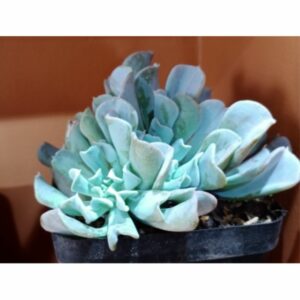
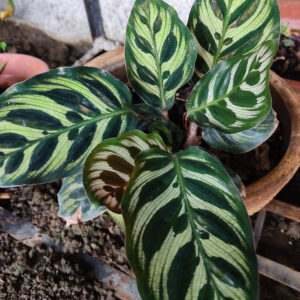
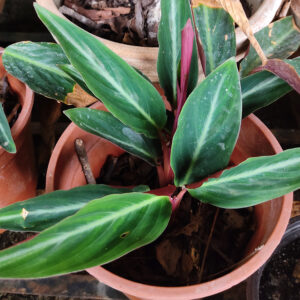
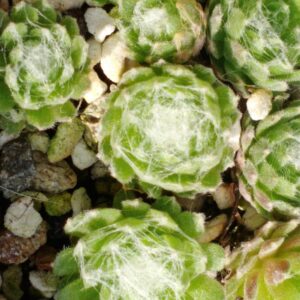
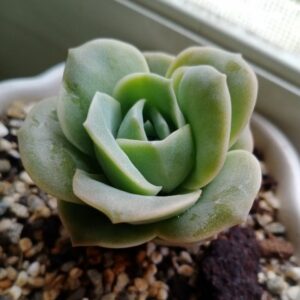
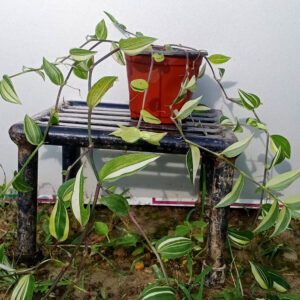
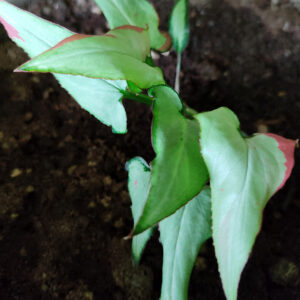

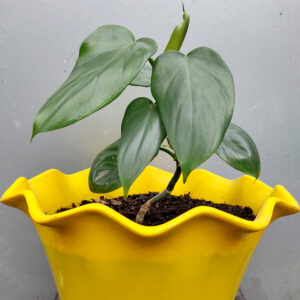
There are no reviews yet.